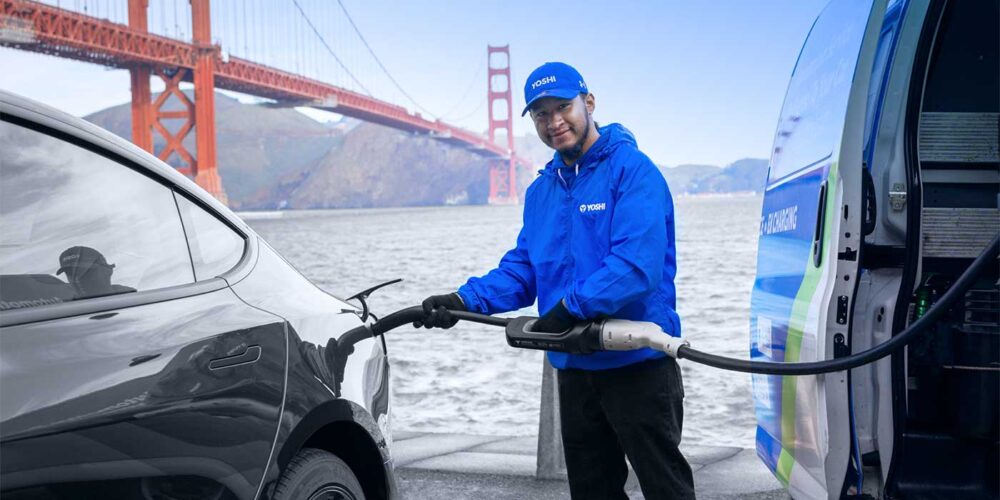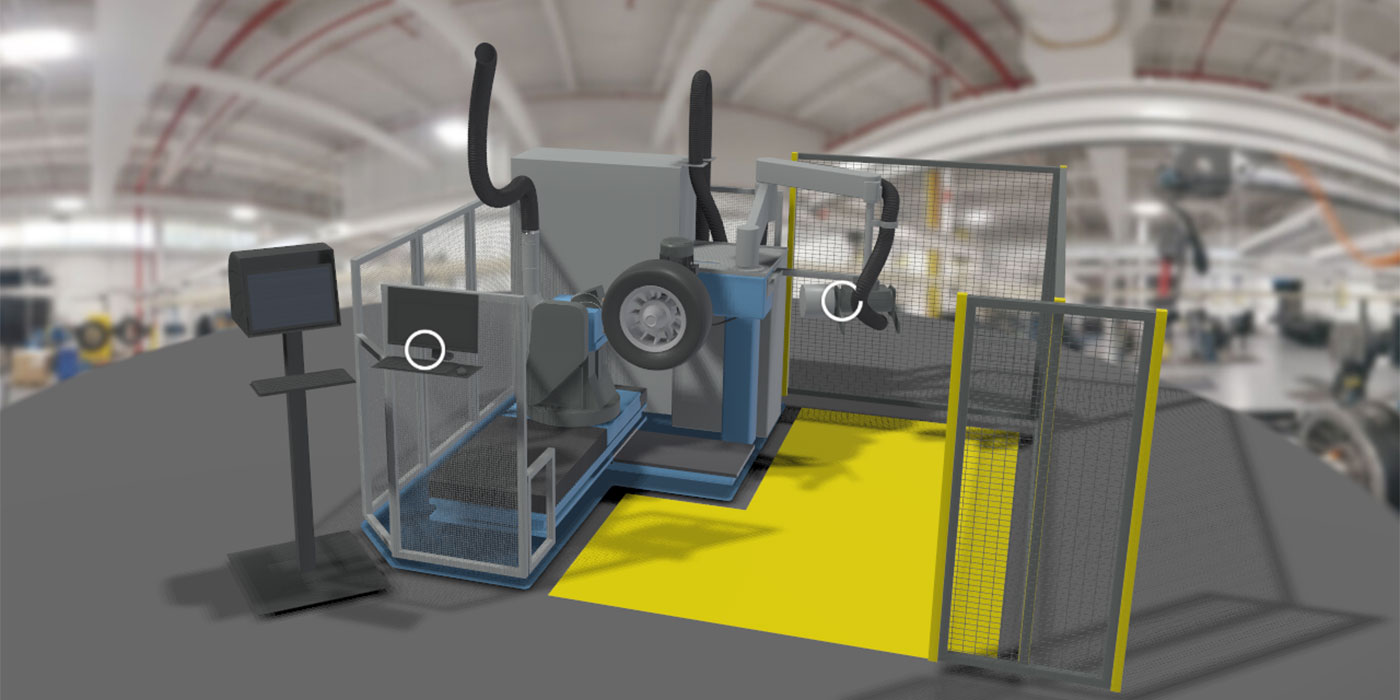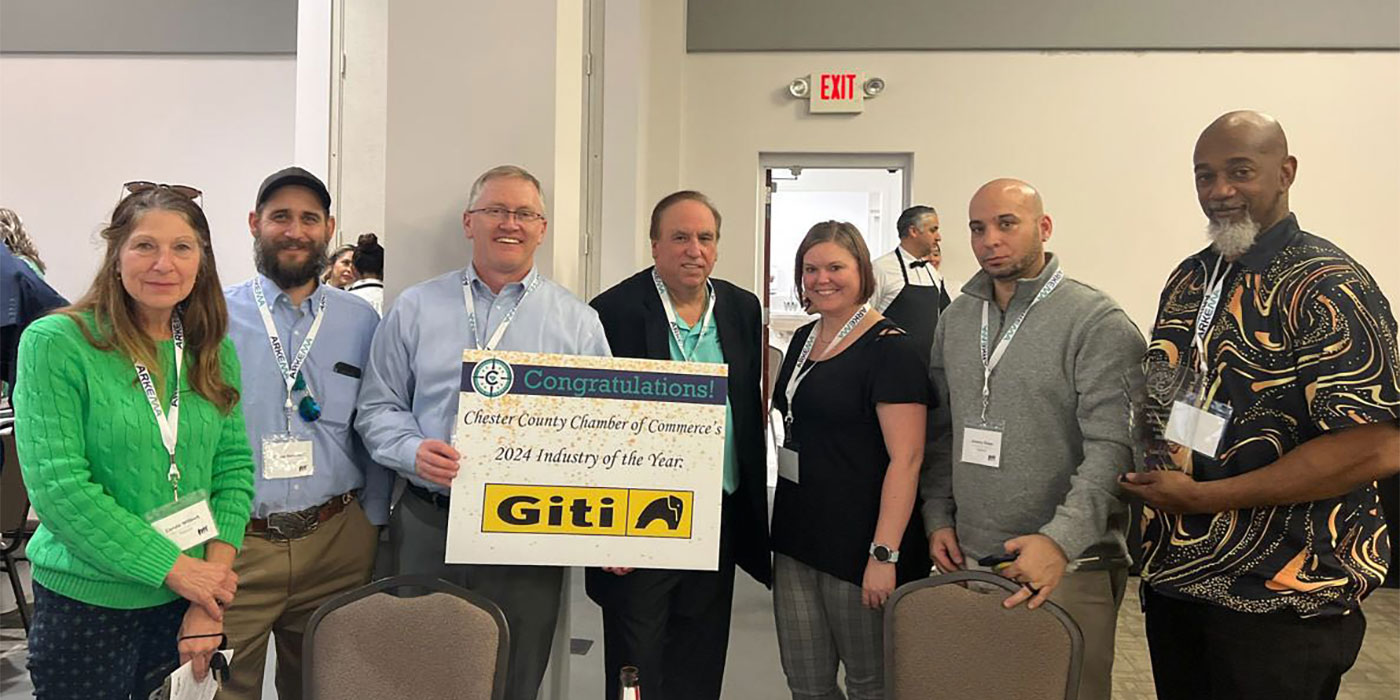The Range Rover, Porsche Cayenne, or their lesser cousins were the ‘must haves’ of the newly rich and absolutely indispensable for running to the shops or getting the kids to school each day.
But times are changing, and Europe’s environmentalists are on the march. Tyre people liked them too because their over-sized wheels meant bigger and pricier tyres.
Like the smoking of cigarettes or the wearing of real fur coats, owning and driving a 4×4 in our big cities is no longer chic and certainly not politically correct. Green campaigners have been known to target these urban tractors with stickers and leaflets or, worse still, with face-to-face confrontations or even a scratch or two! Now, some towns and cities have started to impose extra taxes and duties on these leather-trimmed monsters, adding further to the ruinous cost of ownership in these gasoline-challenged times.
For the tyre industry, there are some painful implications because 4×4 tyres have become significant profit earners as their popularity has grown over the last few years and many manufacturers have invested heavily in them. Of course, they will not all disappear from our urban streets overnight, but my guess is that in the larger European markets even replacement sales must be close to peaking as new sale of 4x4s begin to stall.
The truth is this fashion icon has had its day as owners are shamed into more discrete forms of motoring and these big 4x4s will retreat to where they really belong, on the savannah, in the countryside and in wilder corners of the world generally. One thing is for sure, as icons of urban excess, their moment has passed.
More on ‘Dangerous Games’
In the last issue of Rubber Asia, I wrote about the rather careless ways of some tyre manufacturers when it comes to disposing of products that are, shall we say, slightly less than first grade?
For the most part, traders who fit such products know just what they are doing, but the temptation to make an extra dollar or two is a powerful one. No doubt, the tyres in question are marked for reduced speed operation, or even non-motive use, but these warnings are easily overlooked, or even effaced or removed altogether by the determinedly unscrupulous.
Now there is evidence from an African state, Botswana of the cost in money, if not public safety, of all of this. In the last financial year, this not exactly rich country spent some us $500,000 on tyres which turned out to be “sub-standard,” according to Botswana’s Central Transport Organisation (CTO) and reported by a leading industry news service.
Worse still, these tyres were all destined for the government’s own fleets of vehicles. Botswana has actually acknowledged what happened, but in how many other countries is this happening and the cost uncounted? When will we ever learn?
The Retread Message Spreads East
The recent news that Apollo Tyres will start to produce its own brand retreads in house will give a new sense of direction to retreading in Asia.
The European retread or ‘full life’ business model is well established and seeks to derive maximum benefits from (truck) tyre casing life through a combination of first life, regroove and retread, the latter often more than once.
Apart from being environmentally sound, it enables manufacturers to offer their products at attractive cost per kilometer prices. In Europe, this method of selling tyres to the larger truck fleets as well as to bus operators and others is commonplace.
Of course, this kind of marketing model favours the premier products, i.e. those with potentially the longest casing life. Casing lives of several hundred kilometers are commonplace where operating conditions are favourable and the essential fleet management expertise exists.
For all of these reasons, the move by Apollo is an astute one because it brings quality and quality control more in- house. It also will result in greater ownership of the product throughout the several stages of its life and tighten the relationship between brand and user. At this time of change in India’s domestic tyre market, this is a smart move on a number of fronts and one which more brands will want to try to follow.
Wandering Wheels
In service, wheel detachment, especially of truck wheels, is a serious matter. Not confined to any particular area, it is truly a global safety issue, which is finally about to be investigated scientifically.
Wheels, it seems, self-detach for a number of reasons and not as one might suspect just the result of fitter carelessness or poor maintenance. For one thing, drive axles seem more prone than trail or even steer axles, so clearly factors such as vibration, stress and torque all play a part in this dangerous and unwelcome phenomena.
Now a U.K./European study is underway to examine in-depth all the causes of this quite widespread problem. Truck wheel design too will be under the microscope as some in the industry readily acknowledge that wheel designs over the past few years may not have kept pace with changes to the power, weight and speed of the vehicles they fit.















